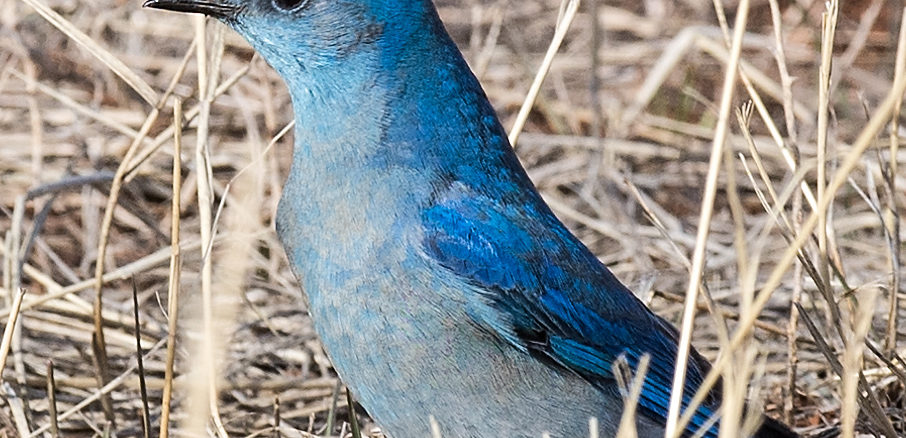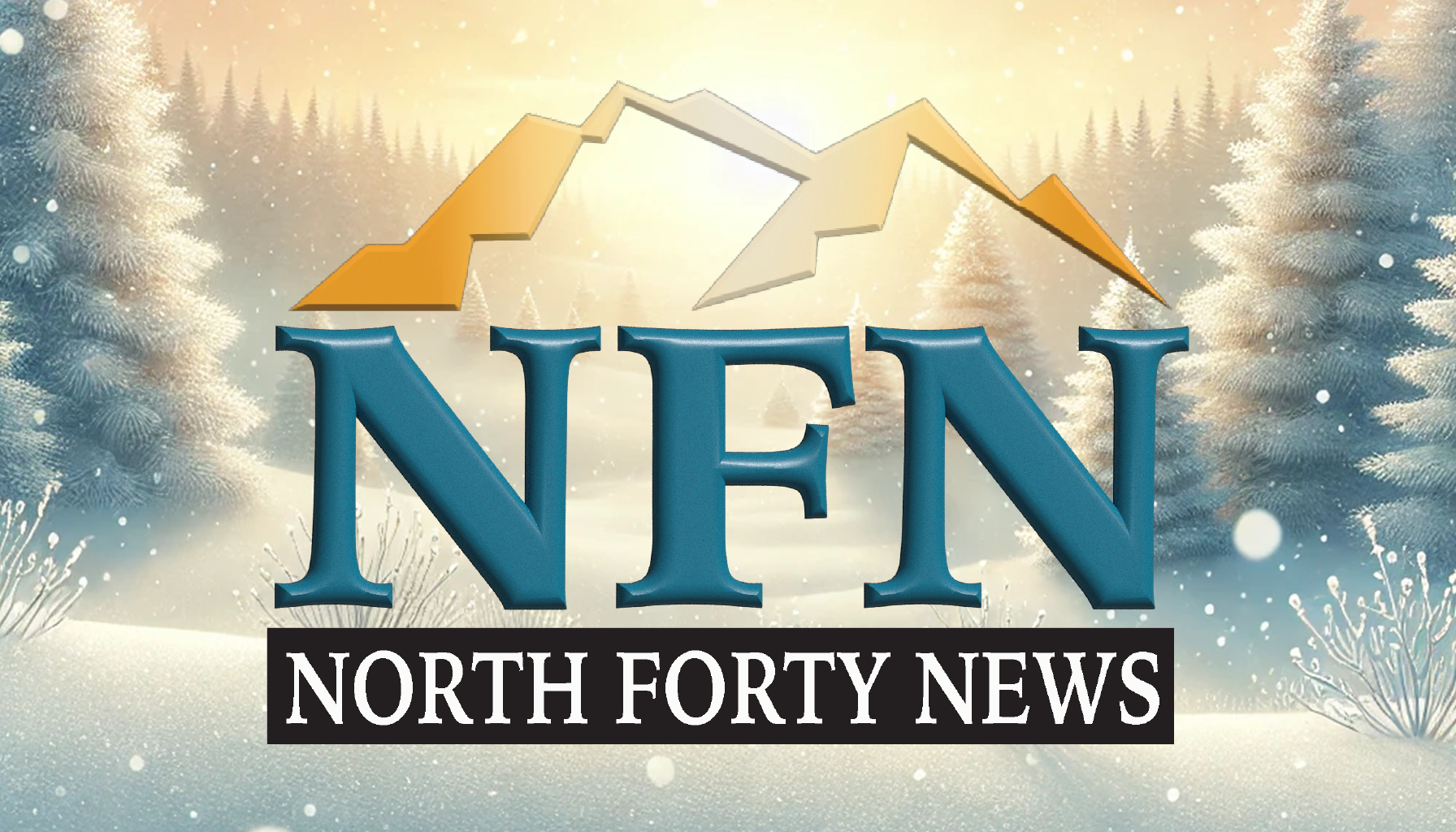
Gaia Grows
Kathleen Miller
Birds add color, liveliness, and song to the sustainable home, garden, farm, or ranch. These amazing creatures also bring an element of nature, up close where we can observe them every day. Birds are beneficial in the sustainable landscape because they eat huge quantities of insects, and are one of the best natural means of keeping pests under control.
Birds are easy to attract, and with a small investment of time and money, you can attract these fascinating creatures when creating your own year-round sustainable bird habitat. Understanding how birds survive in the wild, including what kinds of environments and ecosystems they prefer to live in, increases the ability to attract them to your home, garden, farm, or ranch.
Food, water, and a protective shelter to raise their young are basic requirements for a bird’s survival. To attract birds, you will need to provide them with the means to satisfy these needs. For most birds, plants and their environment are important in making a bird feel at home.
Support Northern Colorado Journalism
Show your support for North Forty News by helping us produce more content. It's a kind and simple gesture that will help us continue to bring more content to you.
BONUS - Donors get a link in their receipt to sign up for our once-per-week instant text messaging alert. Get your e-copy of North Forty News the moment it is released!
Click to DonateThis advertising makes North Forty News possible:
First off, you will need to supply them with a reliable source of clean water. Water attracts more kinds of birds than any of the special foods we provide. Not all birds eat seeds or suet, but they all need to drink water. Attracting birds can be extremely easy, with a feeder or two stocked with their favorite foods and a birdbath for drinking and bathing.
Attracting birds to your home, farm, or ranch can offer many different levels of enjoyment and also challenge. Attracting the widest possible variety of birds, or selectively attracting your favorites, and persuading them to live and nest in your sustainable bird habitat, can be a source of unending discovery and adventure.
There is a huge variety of equipment and supplies available from bird clubs, garden supply, and home improvement centers. Bird feeders come in all styles, from simple platforms and suet cages to elaborate glassed-in feeders that attach to the window.
High-quality foods, from seed mixtures to suet-seed cakes, have been tested for their attractiveness to birds. Birdbaths can be purchased from a huge array, from hanging dishes for balconies or windows to ponds and easy to install plastic garden pools. Ready-made nesting boxes are widely available for specific birds, from simple rustic houses to complex apartment houses.
A host of related supplies help us to deal with any problems that might occur from special squirrel guards to netting designed for protecting garden fruits and vegetables. As you become more involved in attracting and observing birds, you might find that you need some additional equipment. A pair of binoculars kept handy at your favorite window will bring those shy visitors that hang around the fringes of your sustainable bird habitat up close for better observation.
A field guide is essential to the identification of a species, and many excellent ones are available. A good field guide should be pocket size and lightweight, strongly bound to withstand frequent use, with a stain and water-resistant cover. Illustrations should be in full color and show distinguishing traits. Clear, concise descriptions are necessary for identifying a bird in its various forms, including males in breeding and non-breeding plumage, female, juvenile, and geographical variations.
The guide should be organized by bird families, not by habitats or plumage coloration. Before you buy a field guide, read the introduction to be sure that it uses the most recent authority for nomenclature, the American Ornithologists’ Union Check-list of North American Birds. A bird’s habitat is where it lives, including all the elements of its environment-plants, air, water, soil, climate, other birds, and animals.
All of these elements interact in complex ways to form the unique habitat of a bird species. Plants are an essential habitat element for sustainable bird habitat. They are a source of food for many birds, yielding fruits, berries, nuts, seeds, greens, sap, and nectar. Living plants and their decomposing remains are the main food of most insects, which in turn compose a large part of the diet of some birds. Plants provide nesting sites and comfortable resting spots, protecting birds from unfavorable climate, and helping conserve their energy. They also provide refuge from predators so that birds may venture forth to eat and drink. In some cases, they even provide moisture in sap or nectar, or by collecting water from the rain or dew. Ecologists classify habitats in many different ways, from forests or deserts.
In order to create a sustainable ecosystem for a variety of birds, it is important to learn where birds frequently live in nature and to relate those natural habitats to the combinations of plants and structures usually found in their natural habitat. Birds tend to be specialized in where they live. Because they are such mobile creatures, however, few birds depend on a single resource or location to survive. Some of them make use of different resources in different seasons. Some birds find an advantage in exploiting a variety of resources. For example, a meadow might be rich in grass seeds and insects for food, while a nearby woodland might provide a nesting site. The edge between the two types of vegetation is the place where the advantages of both are most convenient. These areas tend to support the widest variety of bird species, as well as the greatest number. Edges often occur gradually over distance.
A woodland might blend into grassland with gradually wider spaces, trees, and shrubs over many miles. Or edges can occur abruptly, as with an isolated grove of trees in open country, or thickets — adjoining a forest stream.
Abrupt edges can provide certain structural advantages to birds, such as a high spot to watch for danger or prey, or corridors for flight pathways. They also supply islands of concentrated resources not as available in the region as a whole. The attractiveness of edges to birds is the chief reason we find so many of them there, taking advantage of the wide variety of trees, shrubs, flower beds, hedges, and lawns. Creating a sustainable bird habitat is a fun and rewarding way to help Gaia (Mother Earth), and provides years of enjoyment for you and our feathered friends.
Gaia’s Farm & Gardens
Sustainable living, gardening, and farming is based on an understanding of ecosystems, the study of relationships between organisms and their environment. It has been defined as an integrated system of plant and animal production practices that will last over time. Having a harmonious relationship with Gaia (Mother Earth) provides food for people, enhances the natural environment upon which the community depends, makes efficient use of resources, and integrates natural cycles that sustain economic viability as well as enhances the quality of life for the community as a whole.
